Every animal dies. Starvation, predation, disease, old age—whatever the means, eventually the end comes. We humans have a heightened morality about death, and this is good. But at times this morality is not well directed. Uproars over individual animal deaths often overlook larger and more important issues. Recently it was an eruption over a kingfisher killed in the Solomon Islands. Last year it was about a spider. Both animals were euthanized by scientists to preserve the bodies as scientific specimens to be added to research collections (which I facetiously call the ranks of the dead in the title). And in both cases there were international outcries because a scientist had killed an animal.
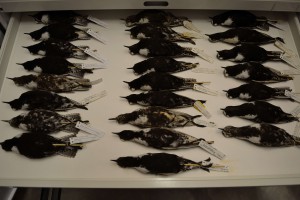
A museum series of Pluvialis dominica, preserved in light-proof, insect-proof cabinets for research.
Before we leap to castigate scientists for adding specimens to collections, let’s first step back to recognize that these specimen collections are powerful resources being used in increasingly creative ways to help solve some of society’s biggest problems—in areas such as conservation, contaminants, disease, and understanding the effects of climate change. This is in addition to the more traditional uses in documenting and describing biodiversity. Second, let’s recognize that scientific collecting is one of the most closely regulated activities that cause animal mortality—and that the numbers taken are tiny relative to other sources of mortality. Scientists collecting specimens are usually operating under multiple layers of permits and under professional guidelines and ethics.
Are scientific research collections of animals really that important? Yes, they are. In the U.S. alone, there are national programs for funding collections, and collections are a national priority. Many millions of dollars are spent annually by state and federal governments to maintain and grow these research resources because they deliver myriad benefits to society. These contributions continue to grow in number and diversity. Not every specimen can be a “Super Pato,” but in aggregate these ranks of preserved specimens have truly important impacts for animals, humans, and the environments we share. It is not just a small group of museum biologists promoting the importance of collections. Because of the increasing power of specimen series to answer many different questions about changes through time, a growing diversity of scientists are advocating for collections, including global change biologists (e.g., here and here). The number of specimens taken for science is really quite small, and major gaps remain in even the best-studied groups.
But is it necessary to kill animals for these collections? Unfortunately, yes. For most species it is the only way to obtain a specimen. We do a lot of what is called salvage—preserving for science an animal that died from another cause, such as road or window or cat kills. But although a lot of dead animals come to us this way, they tend to be from a small number of species and from just a few areas (and most are in poor condition, which lessens their scientific usefulness). We also know from population biology that the small numbers of animals killed for science do not harm populations—it is a very small part of overall population mortality and does not add appreciably to it. There is a lot of good peer-reviewed literature supporting scientific collecting (I put a partial list at the bottom here, as did Van Remsen here), and those opposed have not made a very strong case (I’ll let you Google up the outrage).
Part of the difficulty of making a strong case against killing a few animals for science is because we humans, either directly or indirectly, kill a stupendously large number of animals each year. For example, 10.15 billion land animals were killed for food in 2010 in the U.S. alone. The Humane Society tells us that “About 2.4 million healthy, adoptable cats and dogs—about one every 13 seconds—are put down in U.S. shelters each year.” Scott Loss and colleagues studied domestic cats in the U.S., and their study estimated “that free-ranging domestic cats kill 1.3–4.0 billion birds and 6.3–22.3 billion mammals annually…Our findings suggest that free-ranging cats cause substantially greater wildlife mortality than previously thought and are likely the single greatest source of anthropogenic mortality for US birds and mammals.” Add to this window and road kills, and the impact we have on animal populations is staggering. (An even worse impact is habitat loss.) In short, scientific specimen collecting does not even register on these scales.
Can technology replace specimen collection? For animals that only survive in very small populations (i.e., threatened or endangered), it has to serve as a surrogate or to augment specimens obtained through salvage. But the consensus among biodiversity scientists is no—continuing to put specimens into research collections meets a diverse and growing suite of needs that these collections serve and that technology cannot replace, and most natural populations can sustain the relatively small amount of mortality that scientific collecting causes. Scientists are using technology in many different ways to make specimens and their data available and to enable more questions to be addressed using specimens. Today, a single specimen can be used in an incredible variety of research projects, and because we work to preserve these specimens in perpetuity, this can only grow with the increased capabilities of the technologies of the future.
So, next time you hear about a scientist killing an animal for a specimen, remember that the research collections that depend on these activities are widely supported because of their great benefits for science, society, and, yes, conservation. If you’d like to stop the killing of animals, there are other areas where you can have greater impact, like preventing pet euthanization or feral cats—and these other deaths tend to provide fewer benefits to humans, animals, and the environment. Finally, consider volunteering at a museum and preparing salvaged specimens for research collections. It is good to take an animal that has died needlessly and preserve it for science by adding it to a research collection. And spread the word: specimens grow in importance with the passage of time as we are able to do more with them and use them to understand how our world is changing.

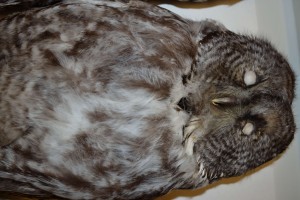
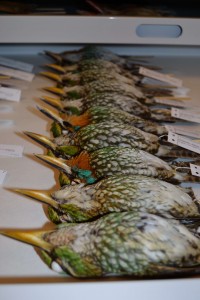
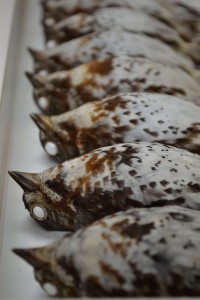
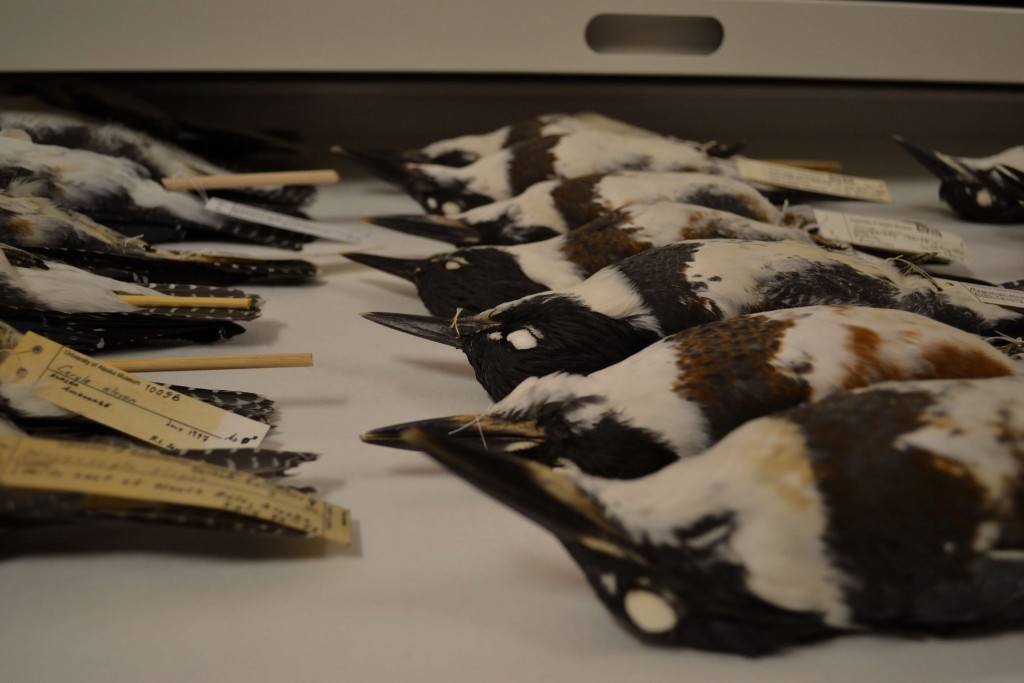
I can agree with every word. The only person against Scientific Collection as I must respect is a vegetarian, who bikes instead of driving a car, who has no windows in the accommodation, doesn’t use electricity, or poison in the garden, or kill a fly, and who never allows his or her dogs and cats a moment freedom in nature. But such a person I have never met.